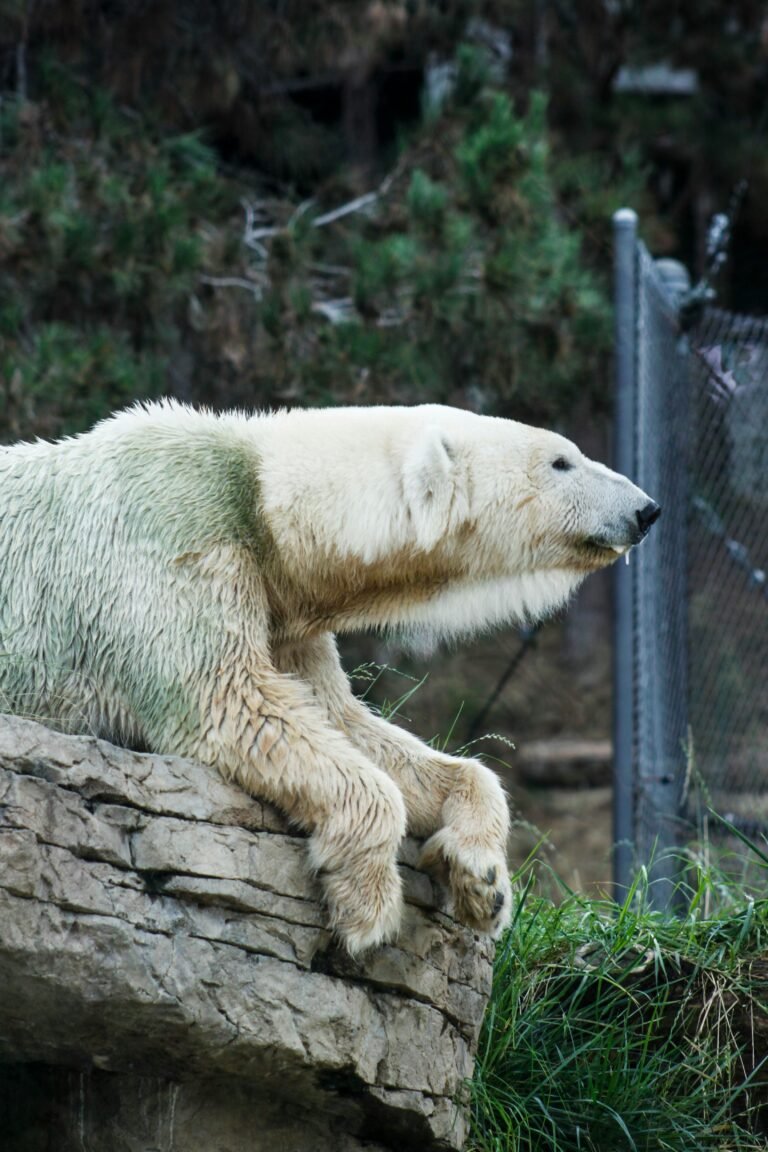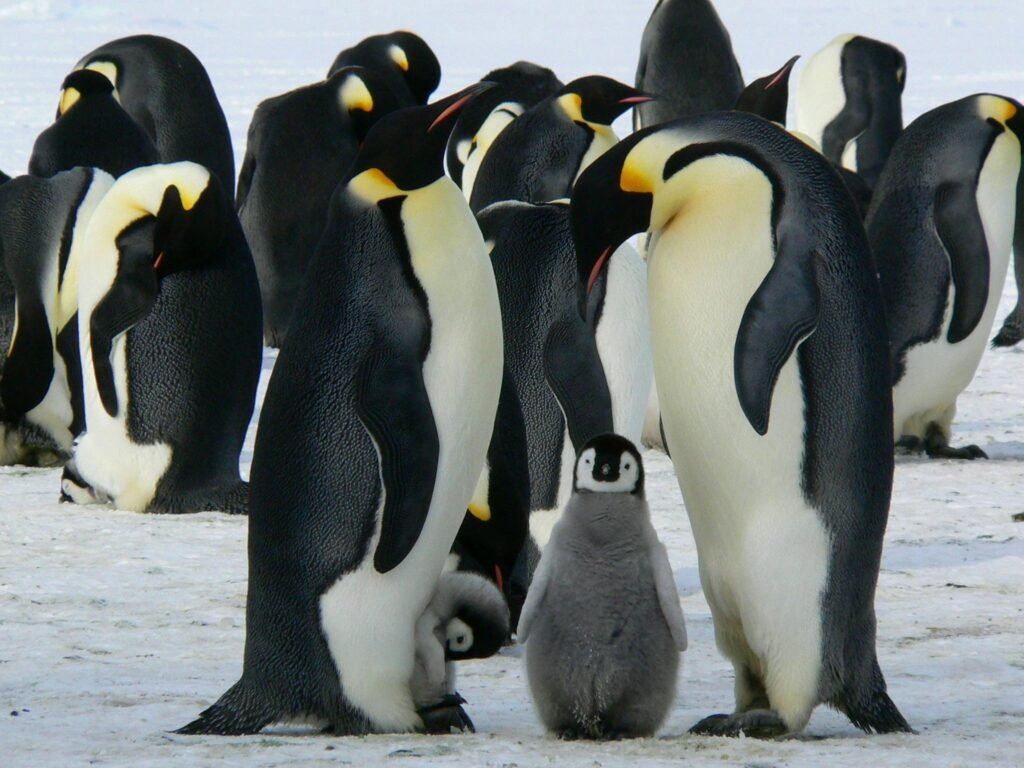
Table of Contents
Introduction To Polar Bears and Penguins
Do polar bears eat penguins? an exhaustive investigation, we will uncover the truth about the question. Polar bears and penguins, two famous creatures of the Earth’s polar regions, have captivated the attention of people all over the world. These species, commonly associated with freezing environments and ice-covered plains, represent the planet’s climatic extremes. However, there is a prevalent misperception about polar bears and penguins’ food patterns.
Polar Bears: Arctic Apex Predators
Polar bears (Ursus maritimus) are the world’s largest terrestrial carnivores and are well-suited to the harsh conditions of the Arctic. Polar bears, with their thick hair, protective layer of fat, and muscular limbs, are ideal for survival on sea ice. Despite their extraordinary adaptations, polar bears mostly hunt marine creatures, particularly seals.

Seal Hunting Strategies
Polar bears primarily eat seals, specifically ringed and bearded seals. The bears have exceptional hunting methods, using their strong sense of smell to identify seal breathing holes in the ice. They patiently wait near these openings, ready to catch a seal as it comes up for air. Polar bears have also been observed breaking through thin ice to reach seal dens or using sea ice as a platform to ambush seals.
The Arctic Food Web
Understanding the polar bear’s position in the Arctic food cycle is critical for refuting the idea that they prey on penguins. The Arctic’s complex interplay of species includes primary producers like algae and phytoplankton, which nourish small invertebrates, fish, and, eventually, seals. Polar bears, as apex predators, are critical to maintaining the delicate balance of this environment.
Penguins: Masters of the Southern Hemisphere
Unlike polar bears, penguins live entirely in the Southern Hemisphere, with the majority of them in Antarctica. Penguins evolved to flourish in maritime environments and are excellent swimmers and divers. While there are several penguin species, including the famed Emperor and Adélie penguins, none of them live alongside polar bears in their natural habitats.
Antarctic Penguins and Their Predators
Antarctic penguins confront a variety of problems and predators. Seals, including leopard seals and Weddell seals, are the major predators of Antarctic penguins. These seals, with powerful jaws and sharp teeth, hunt penguins both in the water and on the ice. Skuas and other seabirds have been observed preying on penguin chicks and eggs as well.

Geographical Separation
The geographical separation of these animals is crucial to understanding why polar bears cannot eat penguins. Polar bears live in the Arctic, while penguins are found in the Antarctic and sub-Antarctic regions. The Arctic and Antarctic Circles are hundreds of miles apart, making it impossible for polar bears and penguins to meet in the wild.
Arctic vs. Antarctic: Climates and Ecosystems
A more in-depth look at the Arctic and Antarctic temperatures and ecosystems highlights the distinction between polar bears and penguins. Polar bears and their prey thrive in the Arctic, which is known for its sea ice, tundra, and frigid weather. In contrast, the Antarctic is a large, ice continent encircled by the Southern Ocean, and penguins have evolved to flourish in a marine environment.
The Impact of Climate Change
While polar bears and penguins may not interact due to geographical distance, both species face serious dangers from climate change. Global warming has far-reaching repercussions for Arctic and Antarctic Sea ice, reducing the availability of habitat and prey for both polar bears and penguins. Understanding these overlapping challenges demonstrates the interdependence of global ecosystems.
Conservation Concerns
Arctic bear and penguin conservation initiatives are critical to sustaining biodiversity in the world’s arctic areas. Climate change, pollution, and human activity all pose serious risks to both species. International cooperation and awareness are critical to reducing these challenges and safeguarding the survival of polar bears and penguins for future generations.
Misconceptions and Popular Culture
The myth of polar bears preying on penguins has persisted in popular culture, from cartoons to ads. Clarifying this misperception is critical to advancing proper knowledge of these polar species and their distinct ecological roles. Responsible media depiction can help people better comprehend the issues that polar bears and penguins face.
Educational Initiatives
Educational programmes are essential for dispelling myths and promoting accurate knowledge. Schools, museums, and conservation organisations all play an important role in promoting knowledge of the geographical differences between polar bears and penguins, as well as the diverse habitats they occupy. By increasing awareness of these amazing species, we can in still a sense of responsibility for their survival.
Conclusion
Arctic bears and penguins are iconic animals in the vast and frigid arctic regions, each with its own adaptation to its habitat. While the idea of polar bears eating penguins appeals to the imagination, the physical distance and unique ecosystems of the Arctic and Antarctic make such interactions impossible. As we work to protect these iconic creatures from the effects of climate change and other threats, let us recognise and enjoy the extraordinary diversity of life in the world’s polar areas.

1 thought on “The Polar Bear and Penguin Paradox: An In-Depth Exploration of Arctic and Antarctic Wildlife”